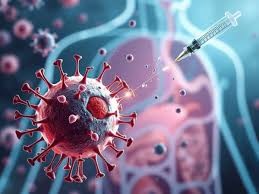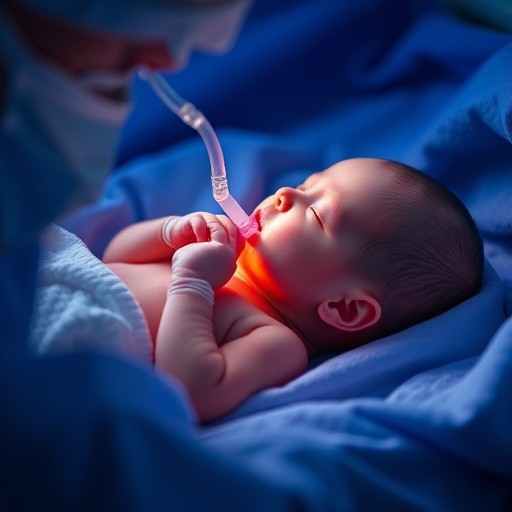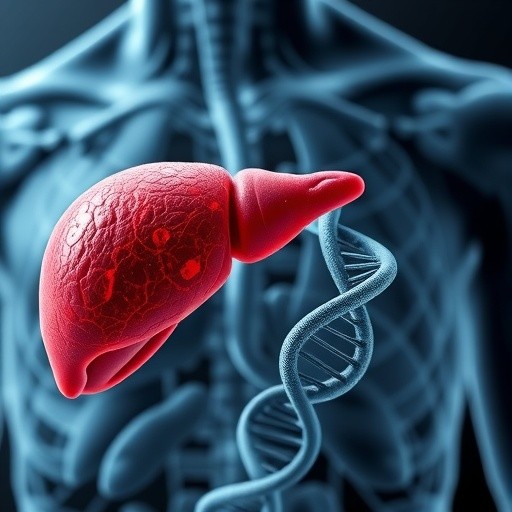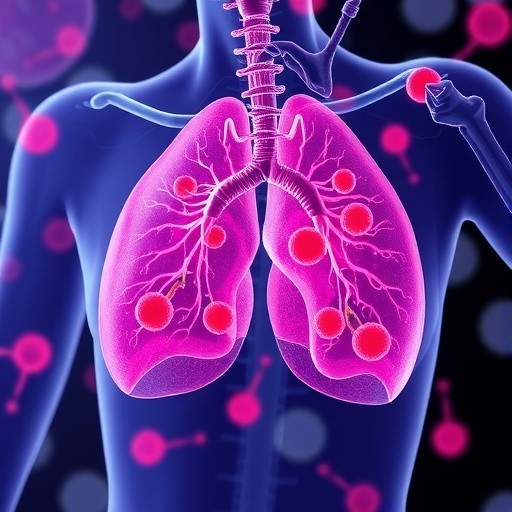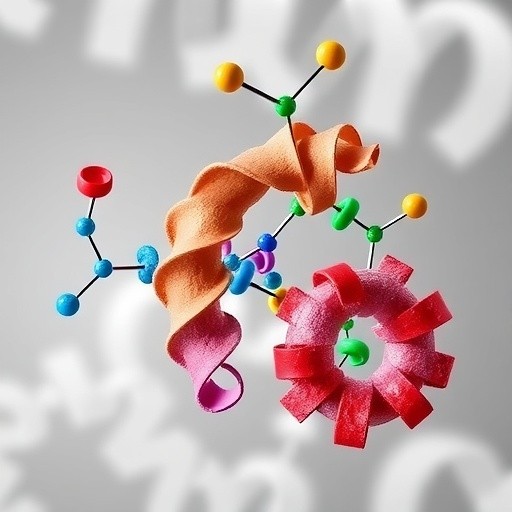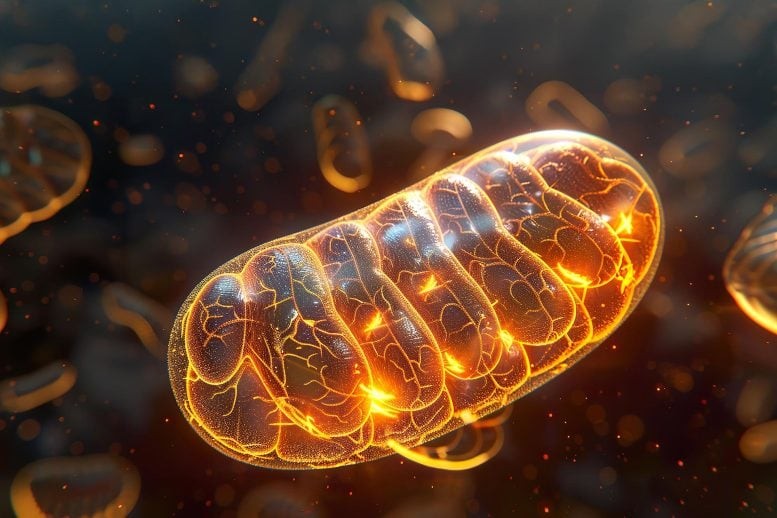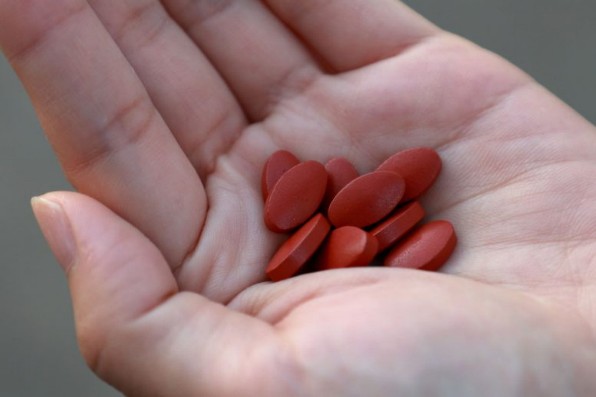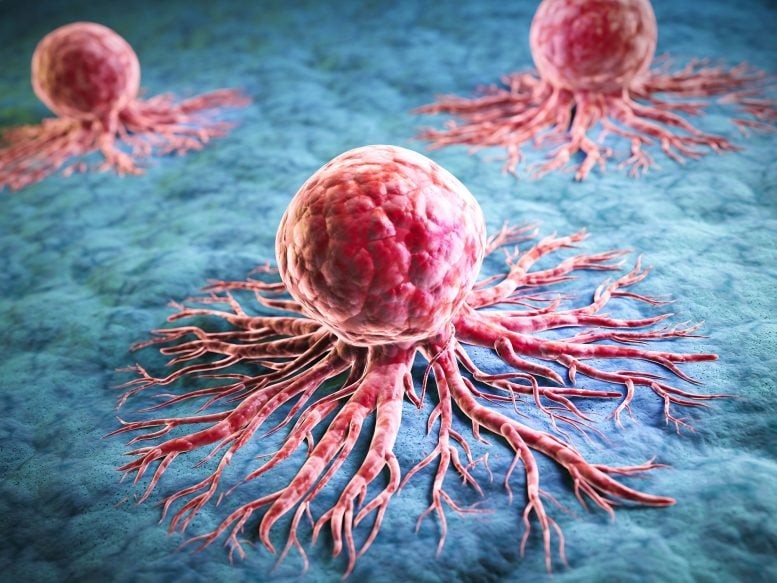Exploring Skin Microbiota: Emerging Antibiotics and Probiotics
The human skin hosts a diverse microbiota—bacteria, fungi, and viruses—that plays a vital role in maintaining skin health and protecting against pathogens. Recent research has revealed that certain skin microbes produce bacteriocins, powerful ribosomal peptides with antimicrobial properties, offering new possibilities to fight antibiotic resistance using nature’s own defenses.
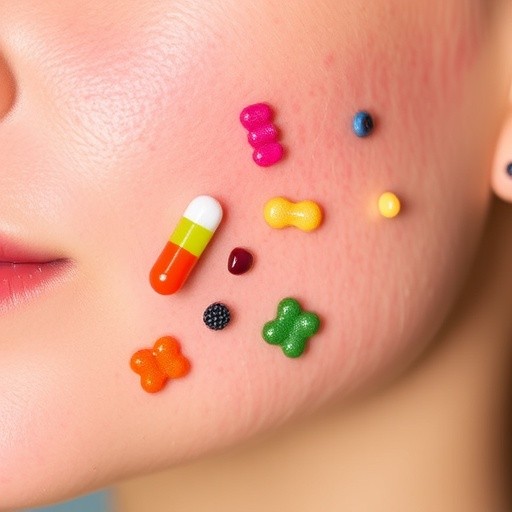
Figure 1. Skin Microbiota.
Using advanced bioinformatics tools like BAGEL4, researchers analyzed the genomes of skin microbes to identify bacteriocin-related genes, operons, and regulatory regions linked to their synthesis. Further, through MATLAB-based modeling, they simulated how environmental factors such as pH, nutrients, and temperature influence bacteriocin production—key insights for optimizing yield. Figure 1shows Skin Microbiota.
The findings highlight that skin microbes are not passive residents but active defenders capable of producing therapeutic compounds. These natural antimicrobials could complement or replace traditional antibiotics, offering safer and more sustainable treatments [1]. Moreover, incorporating bacteriocins into probiotic formulations could enhance skin health by restoring microbial balance.
In essence, this pioneering research underscores the skin microbiota’s immense therapeutic potential—unlocking a natural arsenal of antimicrobial agents and paving the way for next-generation antibiotics and probiotics that could redefine the future of medicine.
References
- https://bioengineer.org/uncovering-skin-microbiota-new-antibiotics-and-probiotics/
Cite this article:
Keerthana S (2025), Exploring Skin Microbiota: Emerging Antibiotics and Probiotics, AnaTechMaz, pp.514




